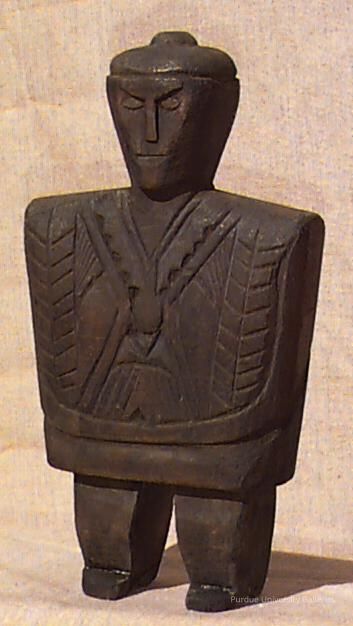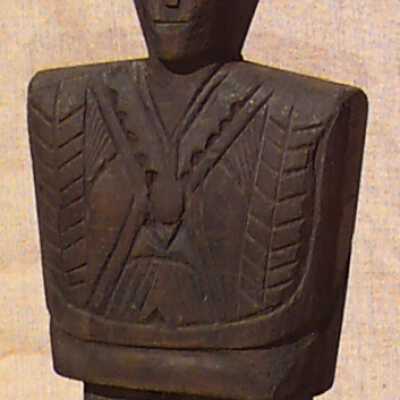Effigy
Name/Title
EffigyEntry/Object ID
1998.11.30.02Description
Burial effigyAcquisition
Accession
1998.11Source or Donor
Albert R. Spalding, Virginia SpaldingAcquisition Method
GiftCredit Line
Gift of Albert R. and Virginia SpaldingEthnography
Cultural Region
Region
Northern Waigal ValleyCountry
AfghanistanCulture/Tribe
Nurastani

